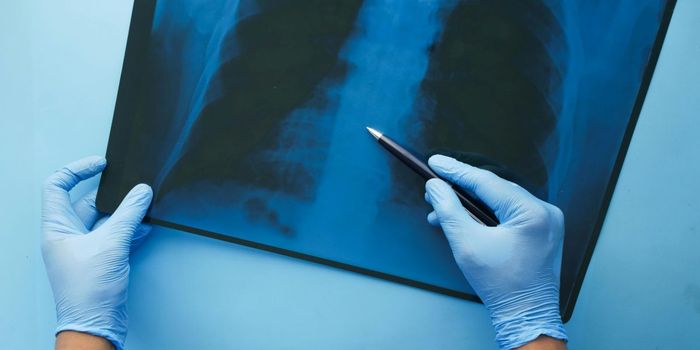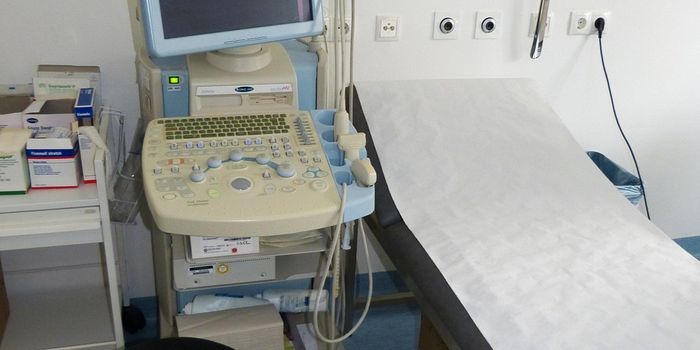Blood Vessel Organoids Reveal More About Diabetes
Research models have allowed investigators to learn many things about human biology and disease, but they are not perfect. Seeking a better way to study human physiology, scientists have begun to develop miniature, simplified models of human organs that will grow in laboratory dishes - organoids. Researchers are getting better at engineering them, and now, scientists have been able to create human blood vessel organoids. This work, reported in Nature, will surely advance the study of diseases that impact the vasculature, like diabetes.
"Being able to build human blood vessels as organoids from stem cells is a game changer," said the senior author of the study Josef Penninger, the Canada 150 Research Chair in Functional Genetics, director of the Life Sciences Institute at the University of British Columbia (UBC). "Every single organ in our body is linked with the circulatory system. This could potentially allow researchers to unravel the causes and treatments for a variety of vascular diseases, from Alzheimer's disease, cardiovascular diseases, wound healing problems, stroke, cancer and, of course, diabetes."
Diabetes is a growing health problem in the United States and around the world. Problems with blood circulation are a symptom of the disorder, but not much is known about these changes. Penninger and colleagues have sought to use organoids to learn more. After developing vascular organoids, they were able to transplant them into mice, where the organoids grew into functional blood vessels, including capillaries and arteries.
"What is so exciting about our work is that we were successful in making real human blood vessels out of stem cells," noted the first author of the study Reiner Wimmer, a postdoctoral research fellow at the Institute for Molecular Biotechnology of the Austrian Academy of Sciences (IMBA). "Our organoids resemble human capillaries to a great extent, even on a molecular level, and we can now use them to study blood vessel diseases directly on human tissue."
Diabetic patients experience an abnormal thickening in the basement membrane section of their blood vessels. When the researchers induced a diabetic state in their organoid model, they observed a similar phenomenon."Surprisingly, we could observe a massive expansion of the basement membrane in the vascular organoids," explained Wimmer. "This typical thickening of the basement membrane is strikingly similar to the vascular damage seen in diabetic patients."
In those patients, that thickening impedes the delivery of nutrients and oxygen to the tissues, which can lead to many other health problems. The researchers wanted to find a drug that could stop it and found that current diabetes medications do not affect dysfunction in the blood vessels. They were able to identify a potential candidate, however, which inhibits an enzyme called γ-secretase. In an animal model, it was suggested that blocking γ-secretase might be a way to treat diabetes.
Sources: AAAS/Eurekalert! Via UBC, Nature








